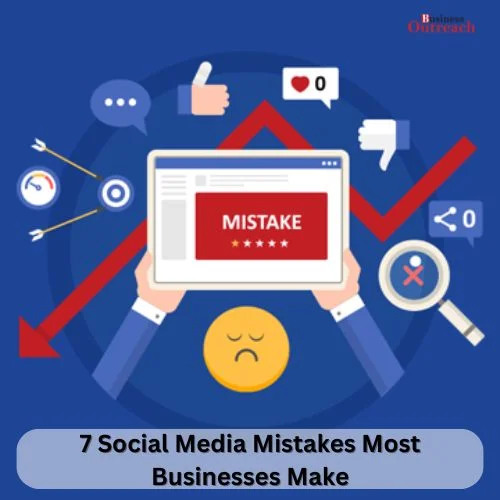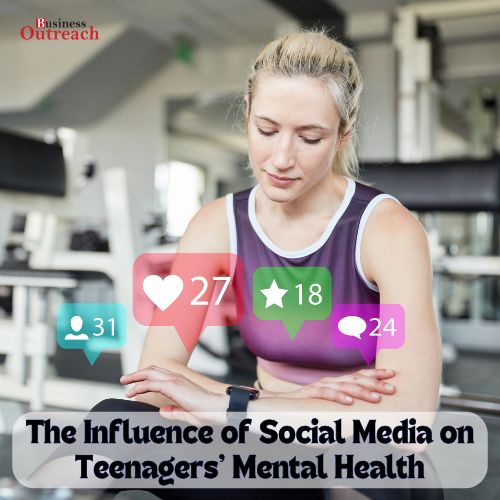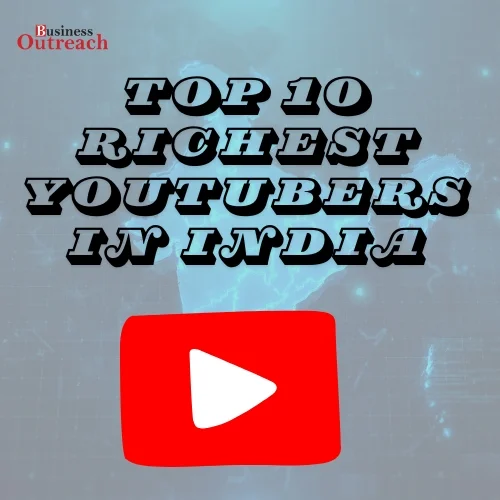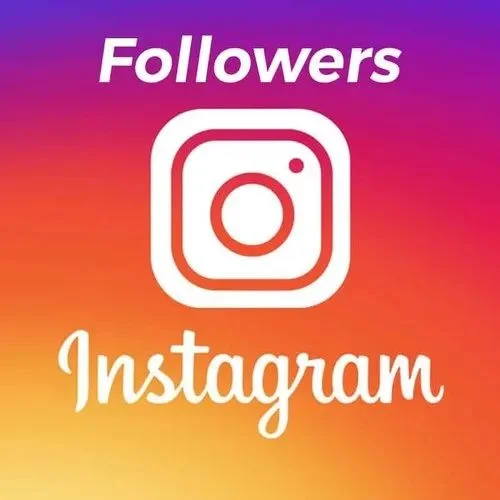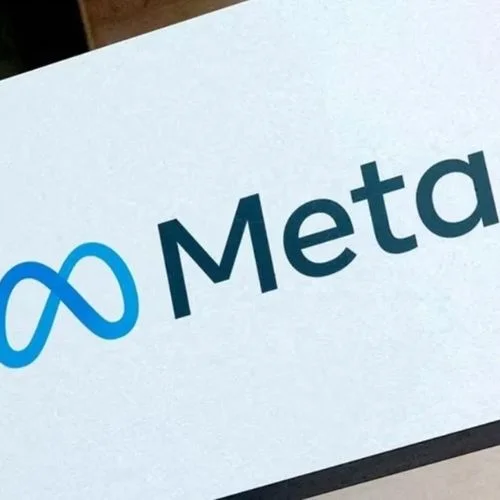The Fascinating Science of Influencer Marketing
A decade ago, only a small number of devoted bloggers and famous people participated in influencer marketing. Influencers on social media have since emerged and flooded the market.
And even though the size of their fan bases may vary, these influencers are powerful. Their closely knit groups encourage sincere connections, which increases trust and participation.
Nevertheless, dealing with digital producers and influencers requires organisations to follow a well-defined procedure. And to help you make sense of it all, we’re here with a guide.
Influencer marketing: What is it?
Influencer marketing, at its core, is a form of social media promotion that relies on recommendations and mentions of products from influencers, or people who have a sizable social following and are seen as authorities in their field.
Because social influencers have such a high level of trust among their followers, influencer marketing is effective. Additionally, the endorsements they give act as social evidence for future clients of your brand.
Influencer categories: scope and reach
It may seem like a dream come true to collaborate with an influencer who has millions of followers, but it may not be the right fit for your company.
Many different groups make up the vast, diverse followers of some social media celebrities. Others boast more narrowly focused and active communities.
Choosing the best influencers for your company requires an understanding of the reach, scope, cost, and engagement that each sort of influencer can provide.
massive or famous influencers
Over 1 million people follow these influencers, many of them are well-known actors, artists, sports, and other prominent individuals. They are excellent candidates for extensive brand awareness campaigns because of their celebrity status, which enables them to engage a broad audience. Cristiano Ronaldo comes to mind.
Mega influencers may provide your company with unmatched exposure, but working with them can be quite costly. Additionally, although their audiences are frequently large, their engagement rates might not be as high as those of influencers with more specialised, smaller followings.
Macro-influencers
Macro-influencers are well-known figures in their particular sectors with followings that generally range from 100,000 to 1 million.
These influencers are now recognised as thought leaders in their fields because to their regular content production and interaction over time.
Compared to superstars, macro-influencers provide a more specialised approach because their fans frequently have similar interests. Working with macro-influencers may provide your business a wide audience, but depending on your budget, it may still be rather expensive.
Micro-influencers
Micro-influencers, who have 10,000–100,000 very engaged followers, are the future of influencer marketing. These influencers frequently have a sizable followings on niche websites like Instagram, YouTube, and TikTok.
Because micro-influencers engage a specialised, ardent audience with their own material, relatable suggestions, and sincere interactions, marketers adore working with them.
Additionally, they are less expensive than bigger influencers. However, that does not imply that they are useless. According to studies, micro-influencers may increase conversions for your company by 20% and have a 60% higher engagement rate than macro-influencers.
Nano-influencers
There are less than 10,000 followers of nano-influencers. But because of their relatable material and genuine involvement, these influencers frequently forge close bonds with their audience.
Nano-influencers may be great partners for organisations trying to target particular groups and demographics without breaking the bank even if they have the lowest reach. It makes sense that more companies will be interested in working with nanoinfluencers in 2023:
Why employ influencer marketing?
Influencer marketing may be a very effective marketing technique for your company, as evidenced by the fact that 56% of young Americans have bought a product after reading a post from someone they follow.
Influencer Marketing Hub estimates that in 2022, the market will be worth $16.4 billion. In 2023, this amount is projected to increase to $21.1 billion.
Five stages to developing an influencer marketing plan
Although Instagram influencer marketing is a well-known tactic, influencers are increasingly using other networks as well. The influencers on websites like TikTok, YouTube, and Snapchat each have their own unique demographics.
An influencer programme requires strategic targeting and preparation, though, just like any other marketing strategy. Simply giving out free stuff to everyone who asks or to your current friends and acquaintances won’t lead to strategic success.
The following advice can help you design effective influencer marketing programmes.
1. Identify influencers and comprehend their payment terms
Research is the initial stage, just like with any approach. Pick the platform on which you wish to concentrate initially. Expanding to additional platforms is always an option, but if you’re just getting started, stay with one. Your company should ideally already be active on this network or be planning to do so.
If you don’t know where to start, social listening can help you locate the platforms where people are talking about your brand and sector, as well as the individuals who are most powerful there. For more information, see our guide on social listening.
2. Establish a budget and management plan.
You need to make your budget now that you are aware of the various influencer compensation rates. Don’t forget to account for the time needed for influencer program strategy, implementation, and evaluation. An effective influencer marketing campaign cannot be run with a set-it-and-forget-it mentality. Careful monitoring and follow-up will be required.
Influencers are human, and they usually manage several partnerships, unlike a more automated ad campaign. Some people could forget when they promised to post something or make mistakes while using your specified tags or calls to action. To nurture these connections, you’ll need to be more hands-on. You’ll also need to learn from experience what approaches to use in your specialty and how to improve them.
3. Select the campaign’s objectives and messaging.
The two most frequent goals of influencer marketing are to raise brand recognition and boost sales. It will be more productive to start your strategy by focusing on the demands of your brand rather than choosing these two broad objectives. Perhaps you want to attract more young people as customers. Or perhaps you want to introduce a new product to a new consumer base. You might also use influencers to promote your brand principles instead of following trends.
Influencers may connect with highly niche audiences. Influencers will help you secure a highly focused audience that is likely to engage with your content rather than depending on thousands of followers.
4. Create influencer outreach: How to get in touch with influencers
Reverting to step one, study. We return to our study on how to really discover the ideal influencers to work with after we have a plan in place that takes into account your network, goals, and the sorts of influencers you want to target.
Throughout this inquiry, have the following in mind:
Does the influencer currently publish on subjects that are comparable to your service? For instance, if you own a restaurant and want to advertise a new menu, you can seek out influencers who frequently blog about their eating experiences and diets.
They’re real, right? This entails swiping through their feed and selecting posts. A false account will have spammy comments and a low engagement-to-follower ratio.
5. Examine and improve your plan of action
Even if your influencer marketing strategy is still in process, you should still have established benchmarks for tracking your success. How to track your outcomes will be covered in the next section of this article. Although not all campaigns are successful, you should still learn from each one you make.
You can find yourself developing several sorts of influencer marketing campaigns after you’ve established a rhythm. Check out our comprehensive guide to managing effective social media campaigns if you want to provide more tools for your team to manage influencer marketing.









